Become a family history detective (the fun way!)

All of genealogy can be thought of as a treasure hunt or a detective mission: You’re searching for clues to the past, one document at a time. But beyond the paper trail, there are other paths you can follow to help you understand your ancestors’ lives, to flesh out their stories, and to add texture to your family narrative.
3 ideas for going on a family research adventure

Search for treasures at home.
Have you searched your attic and basement for boxes of photos or scrapbooks or other items your parents or grandparents saved? Too often, particularly when a family elder dies, we just stash these boxes away because we are overwhelmed dealing with logistics of the loss, or too emotional to rummage through them. Check out this free guide for tips on how to navigate that process, including what to search for, where to look, and how to handle the waves of grief that may ensue.

Search for treasures at family members’ homes.
Maybe you’ve seen a photo of your extended family on the mantle at your cousin’s house for years and never thought to ask for a copy for yourself. Or maybe you know your brother inherited a separate box of Dad’s things after he passed, and you never thought to inquire as to what was within. I guarantee you that every person on your family tree has some clues to your own family history—all you need to do is ask. Consider arranging a visit: You bring the meal, and invite them to bring out those dusty boxes. You bring the questions, and invite them to share some stories. You bring your curiosity, and invite them to get excited about the past along with you. Make this particular detective mission one centered not just one fact-finding, but on building connections!

Take a fact-finding trip.
It might be as simple as driving 20 minutes to the street where your childhood home was located, or as elaborate as creating an entire itinerary and traveling out of the country to your family’s homeland. After jotting down some questions about various PLACES from your past, consider if any of them might be answered by undertaking a trip.
A few ideas:
Perhaps an ancestor is buried in a cemetery that is not indexed on Find-a-Grave: Go there, physically, and take photos of the headstone to determine (or confirm) your ancestors’ names and birth and death dates. Are there other family members in the plot that might be new to you, too? (Why don’t you upload one—or a few—photos of other grave markers to the Find-a-Grave website while you’re at it? Someone will be grateful one day.)
Maybe there was a diner or mall or bowling alley where you made frequent visits as a child with your family? If you want some sensory input to help you travel back in time to access your memories, putting yourself in the environment will help. (A recent trip I made to my hometown, for example, flooded me with memories in the most unexpected ways—turning on a road I had forgotten about where a close childhood friend had lived, and driving by my high school parking lot…)
Did you determine that you are almost 100-percent Italian through a DNA test? Or uncover Ashkenazi roots you didn’t know were present in your bloodline? Consider traveling to places where your ancestors may have lived. There is now a whole industry built around heritage travel. You could hire someone to craft a custom itinerary based on your family history, or just visit a new country where you have roots to immerse yourself in the culture, hear the language, and eat the food. Make sure to prepare like the detective you are by having at least a handful of specific objectives during your travel. It might be visiting a specific address you unearthed on a genealogy document, or visiting a local archive to answer specific questions you’ve had trouble answering through online repositories. Maybe there’s a ‘lost’ recipe you’d like to recover—find a restaurant that caters to locals and might be able to help you.
Grab a notebook, a pen, and your camera, and get ready for adventure, family history detective!
You’ve decided to do SOMETHING with all that family history stuff you’ve gathered—but somehow your project keeps growing. Here’s how to cross the finish line.
“I wish I knew why Mom moved to New York when she was just 16.” “I wish Papa told me how he makes his Sunday sauce.” Don’t wish for stories; ask for them.
Learn about our Write Your Life course, providing memory prompts, writing guidance and a dose of inspiration to anyone who wants to preserve their stories now.
A roundup of the most popular (and helpful!) posts from Modern Heirloom Books to help you prompt and preserve family stories this Thanksgiving season.
Five easy ways to get the best stories from your family member just by responding thoughtfully to their answers (hint: it starts with really listening!).
Whether you’re interviewing your parents about their childhood or gathering family history info from your grandparents, good follow-up questions are key.
While your memoir is telling your stories in your words, a family tree chart outlining your relationships has a real place in that book—here’s why.
Podcast host Melissa Ceria and personal historian Dawn Roode discuss the importance of family history preservation and finding solace in stories after loss.
Discovering a stack of handwritten letters can feel like winning the family history lottery—but is it always the right thing to read (or share) them?
From a conference hall filled with more than 150 family history vendors, I have hand-picked my favorites—here’s why you’ll love them, too.
Boxes of old letters, family photos, and mementos from a generation ago can feel like a burden if they’re passed down without context. What to do with them.
Wondering if 52 weeks of memory prompts will help YOU write about your life at last? Here, answers to the most commonly asked questions about Write Your Life.
Every week you’ll get themed prompts to stir your memories, tips to write your stories with ease, and more! A unique gift for your loved one (or yourself)!
Want to organize your family history archive? This cheap, convenient solution is a great way to record your stories until you’re ready to move them into a book.
No interest in family history? What if I told you there would be no research involved, no libraries, no family trees—just spoken stories? From mom, from dad?
Ready to edit your family history or life story book? Follow these three tips from a personal historian to ensure everything is clear for your descendants.
Whether your family heirloom collection consists of generations’ worth of antiques or a handful of sentimental items, catalog them for the next generation.
Family reunions are optimal occasions for gathering family history—and if you go in with a plan, you’ll be able to preserve stories AND have a great time!
Don’t let all those memory-keeping ideas swirling around your head overwhelm you. Instead, take some time to hone in on which stories to tell first—here's how.
There are a variety of reasons—including traumatic memories—when pausing a personal history interview is the best course of action. Give in to the silence if...
Your legacy is more than the assets you leave behind—much more. Here, three ways to leave a personal legacy that has a positive impact on your loved ones.
Beyond family photos: Consider adding vintage maps, family tree charts, and professionally shot images of special heirlooms to your family history book.
Our memories are anything but fixed—and when stories are passed down to a new generation, their malleability, their meaning, and their impact change, too.
Sitting both of your grandparents down together for a family storytelling session can be fun—but it’ll yield the best results if you follow these simple tips.
Steal these best practices from professional oral historians to make your next family history interview a success, plus how to set the stage for great stories.
Whether you're downsizing or consciously sorting through your stuff, make a legacy list of items that hold memories—it's a cheat sheet to your family history.
Here are my top picks for RootsTech 2022 sessions teaching about family storytelling and photo legacy. They’re all free, and you've got a year to watch!
Do you want to write your memoir but don't consider yourself a writer? Don't worry, there's another—easier—way to preserve them. Speak your life stories aloud.
Family stories have enduring value. Some you share now may not be relevant enough for your kids to care. But one day they will see themselves in your stories.



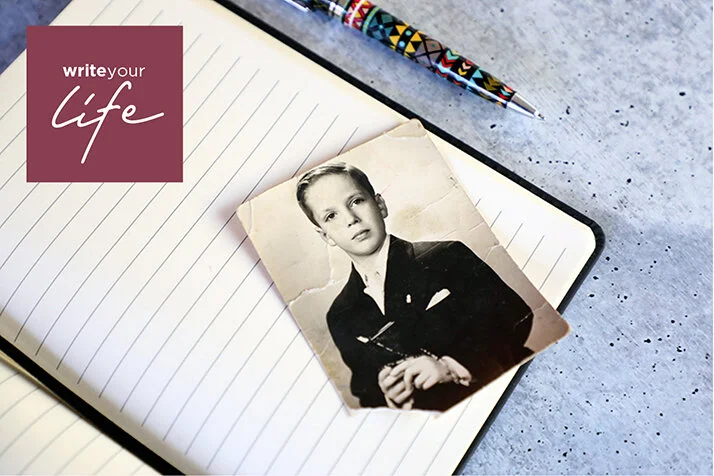






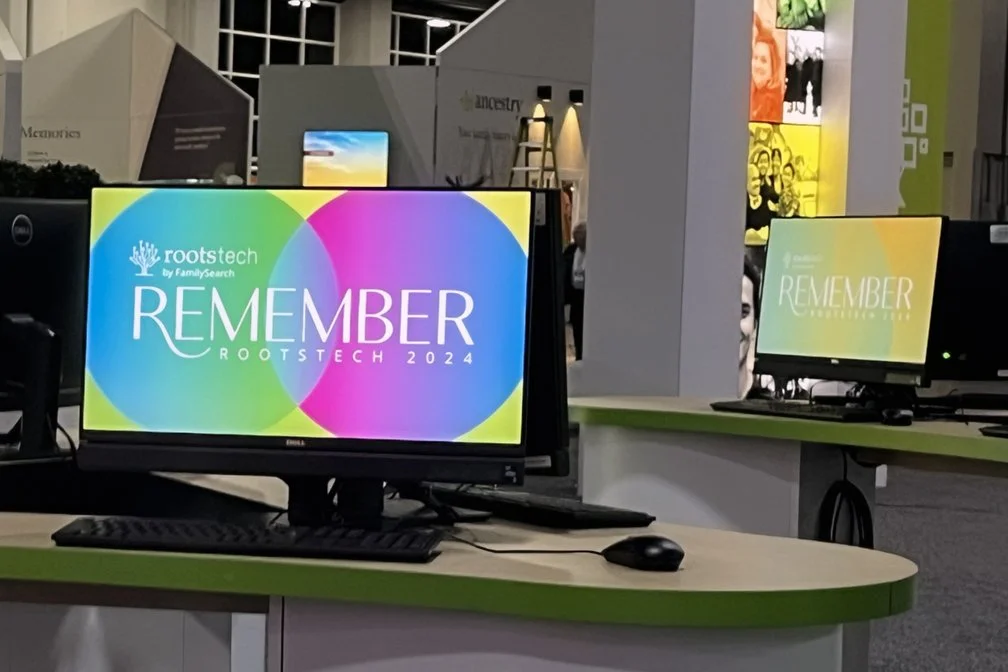




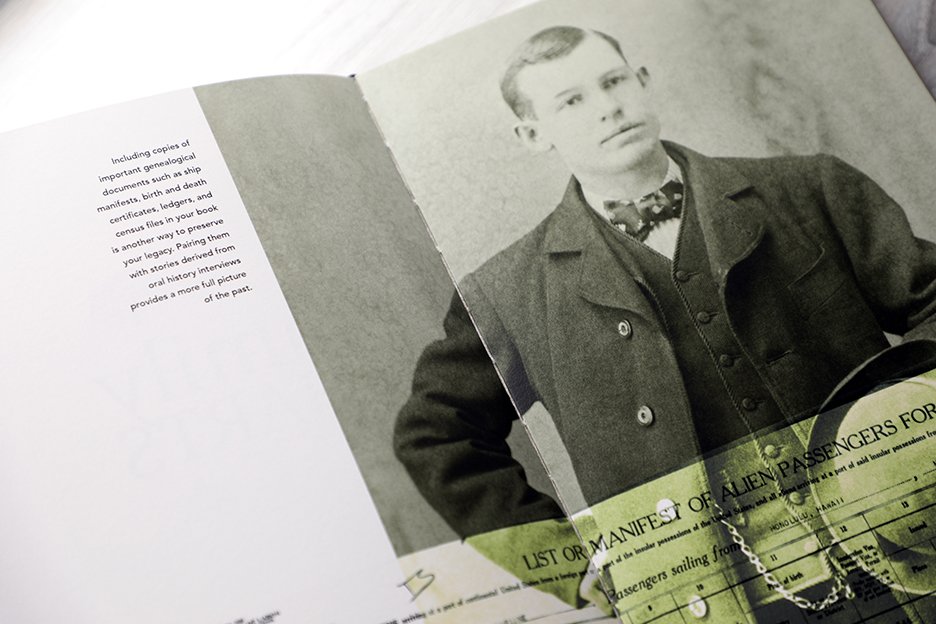





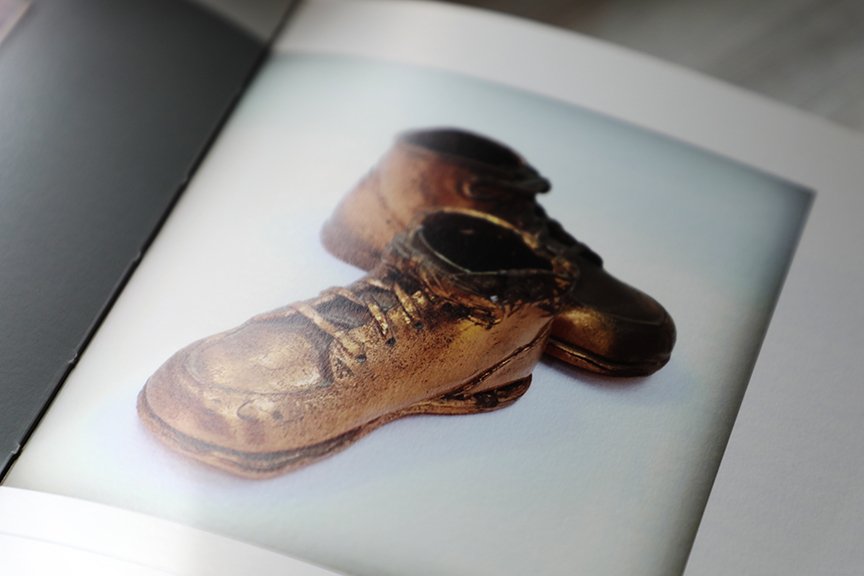
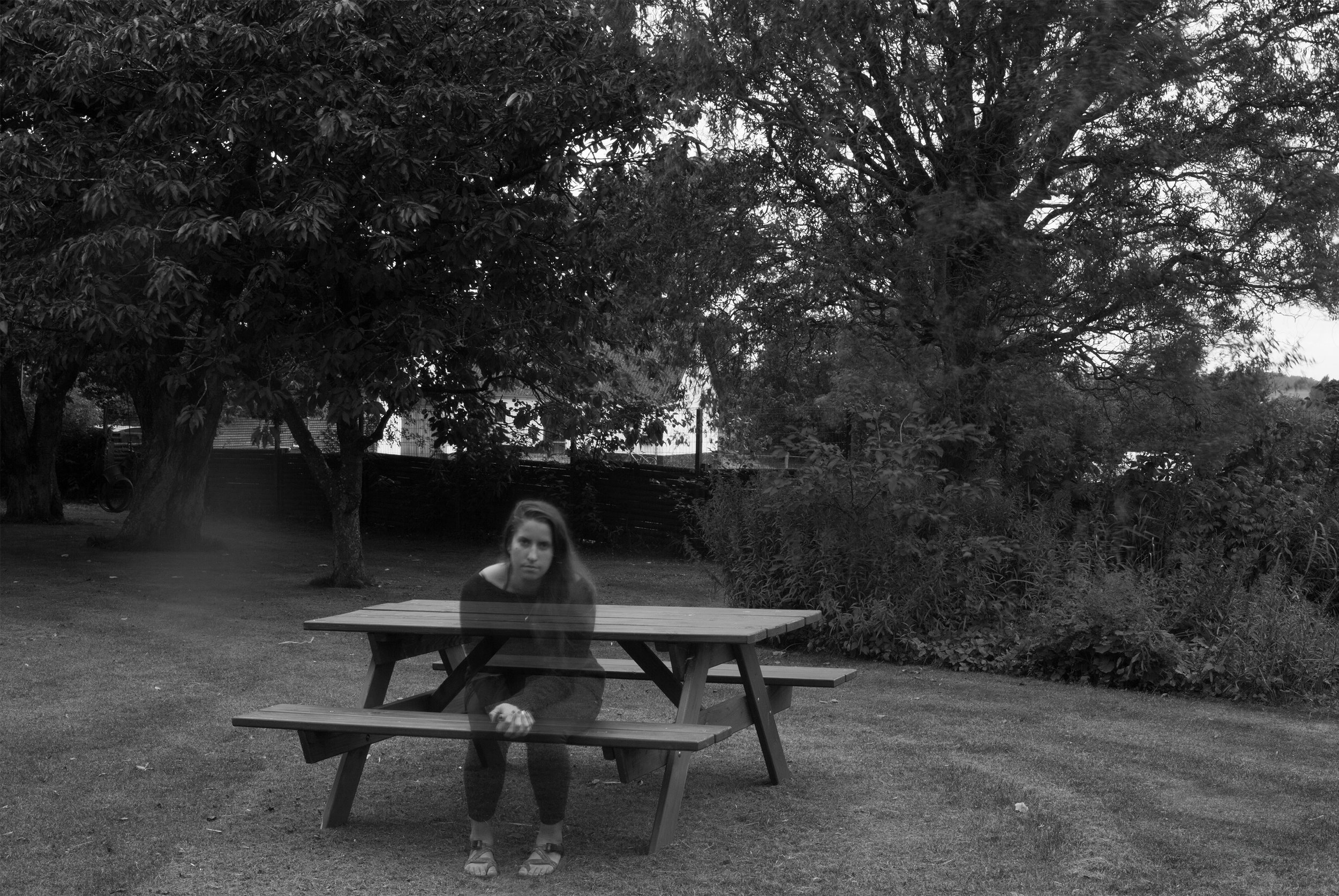

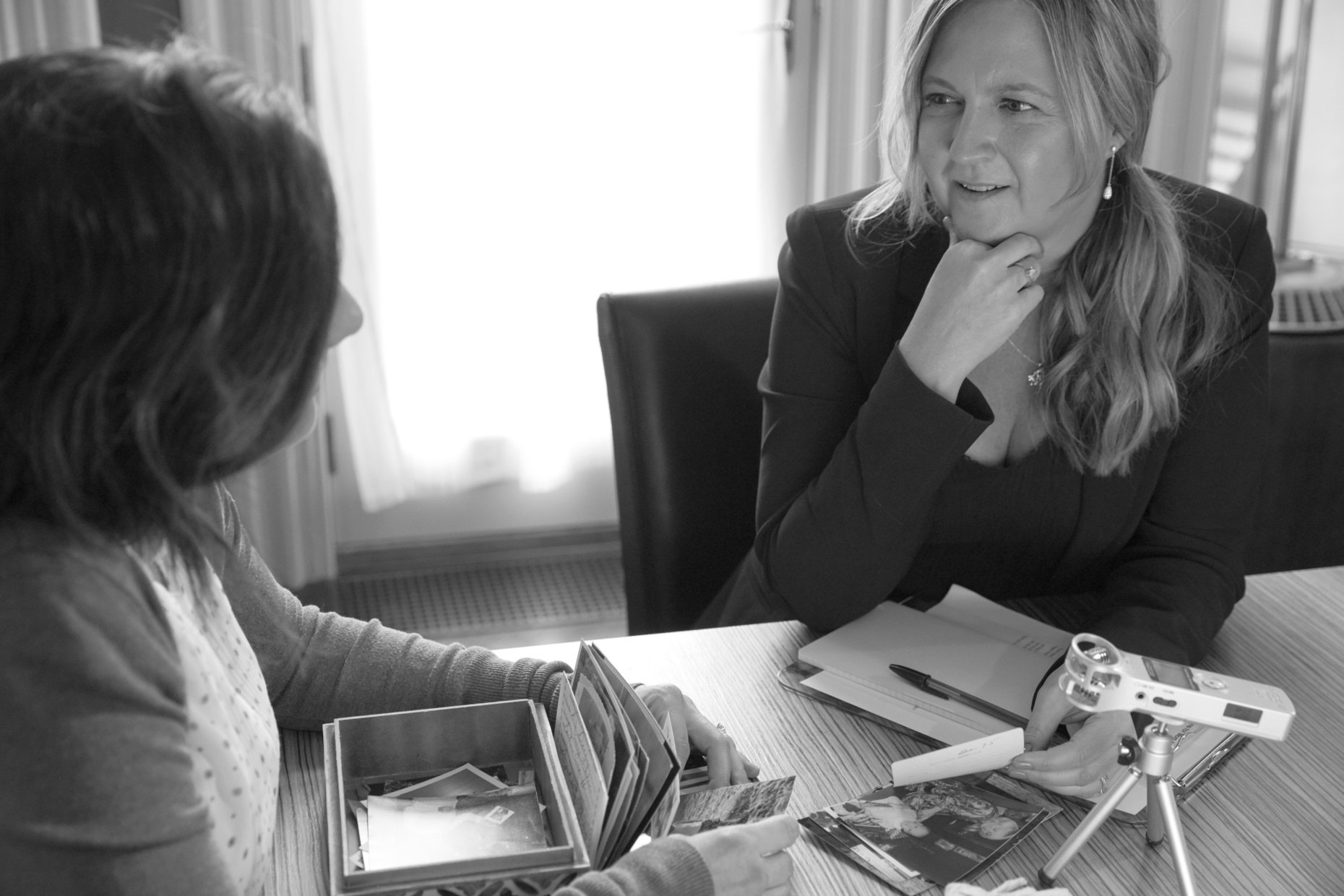




There’s way more to family history than clicking on digital hints and scouring online genealogy sites. Here, three ideas for tracking family history clues IRL.